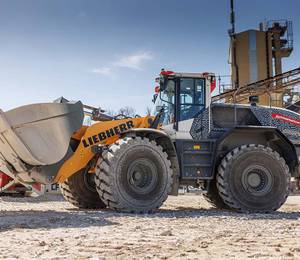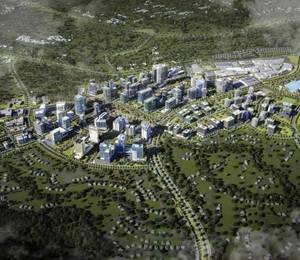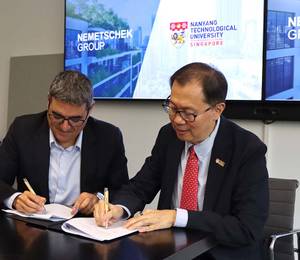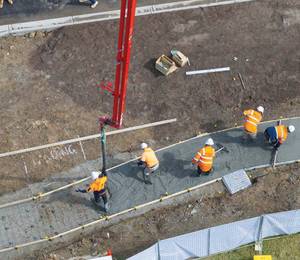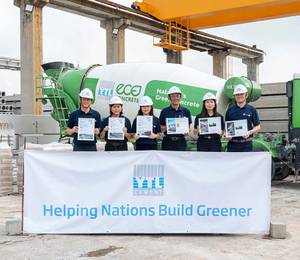Cities could tackle the global problem of rising levels of waste and depleted resources by using organic waste - such as bananas, potatoes and maize - as building materials, according to the global engineering firm Arup in its repot, The Urban Bio-Loop: Growing, Making and Regenerating.
Globally, the construction industry is one of the largest users of raw materials. Capturing organic waste streams from cities and the countryside could provide the industry with lower-cost, lower-CO2 building materials such as bricks, insulation and partition boards. The report envisages a completely circular system with building waste fed back into the biological cycle at the end of its service life with nutrients returned to the soil.
The potential for the bio-economy is huge, says Arup. Over 40 mil t of dried organic waste from agriculture and forestry was produced in Europe in 2014 alone and the amount is growing year on year. A kilogram of waste incinerated for energy recovery has a value of approximately €0.85, but the same material used for interior cladding could sell for up to €6 per kilogram.
The report also points to advances in the development of alternative organic materials, including mushroom bricks grown in five days and waste potatoes used as insulation and acoustic absorbers. Arup has created the SolarLeaf, the first facade system in the world cultivating micro-algae to generate heat and biomass, and also BioBuild, the first self-supporting facade panel made out of bio-composite materials.
Innovative manufacturing processes are a significant enabler, with 3D printing of bio-polymers becoming increasingly widespread. The report highlights the following organic matter products already available:
• Peanuts: shells are being used to produce low-cost materials, such as partition boards that are resistant to moisture and flame retardant.
• Rice: rice husk ash can be mixed with cement to reduce the need for fillers. Rice can also be used as a raw material for the production of boards.
• Banana: banana fruit and leaves are being used to make rugged textiles. Bananas contain high strength fibre and have good acoustic absorption and durability.
• Potato: the peel from potatoes can be cleaned, pressed and dried to create a low-weight, fire resistant, water repellent, insulating material and acoustic absorber.
“As one of the world’s largest users of resources, we need to move away from our ‘take, use, dispose’ mentality,” said Guglielmo Carra, European lead for materials consulting at Arup. “There are already pockets of activity, with some producers making lower-CO2 building products from organic materials. What we need now is for the industry to come together to scale up this activity so that it enters the mainstream. An important first step is to work with government to rethink construction codes and regulations to consider waste as a resource, opening up the opportunity to repurpose it on an industrial-scale.”
Arup is working on opportunities to embed circular economy principles in the built environment, working alongside the Ellen McArthur Foundation as a Knowledge Partner. In 2016 Arup installed the Circular Building, a building designed and constructed out of fully re-usable components to demonstrate how circular economy thinking can be applied to the built environment.
To read the full report, download here.
Note: A shorter version of the report will be published in the May/Jun 2018 issue of Southeast Asia Construction.


